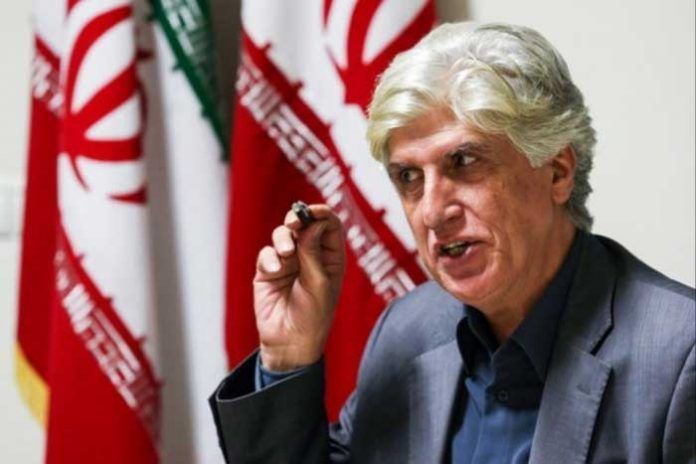Contemporary Iranian pop music could cause severe depression in young people, the Iranian Labor News agency (ILNA) has reported, citing Dr. Amir Mahmoud Harirchi, an associate professor at the Tehran University of Social Welfare and Rehabilitation Sciences.
“The first thought that goes through my mind when I hear a sad pop song is, what would a young person who has failed at various relationships do after listening to such a depressing piece of music? What would be the psychological and emotional effects of that song on the person?” Dr. Harirchi said in an interview with ILNA on Jun 16.
He explained: “Music is arguably the most popular and accessible art form. It has a direct and immediate impact on the senses and evokes a wide range of emotions in the listener. Music is intrinsically linked to the national psyche and cultural identity of a country. Changing trends and popular taste determine the development of music in society. People who live under difficult political, social, economic, and cultural circumstances may gravitate towards sad songs. Conversely, prosperous societies find happy and upbeat music more to their liking.”
“Underground music is the source of melancholic and sad songs in many cultures around the globe,” Dr. Harirchi noted. “Some people write protest songs in places where it is difficult to discuss pressing social problems freely and openly. Underground music has also developed along those lines. It evokes sadness and pessimism in listeners. For instance, many songs are about Heartbreak, loss, abandonment, a feeling of isolation, and loneliness.”
Dr. Harirchi added: “Rock is by nature protest music. Many artists use rock music to highlight social issues. Heavy rock, however, uses aggressive vocals and strong language.”
“Melancholy music is a relatively new phenomenon in Iranian culture. Traditional Iranian songs were usually about a lover’s longing for the beloved which was not, necessarily, depressing,” Dr. Harirchi said. “There were also some Iranian artists in the 1960s and 70s who drew attention to social issues and causes in their songs without being negative or pessimistic, including Fereydoun Foroughi [1951-2001] and Dariush Eghbali [1951 -]. However, young Iranians find gloomy songs more attractive than happy ones these days. They sit alone in their rooms, listening to melancholic music. They only listen to joyful and upbeat songs when they are in a crowd.”
[Translated from Persian by Fardine Hamidi]


